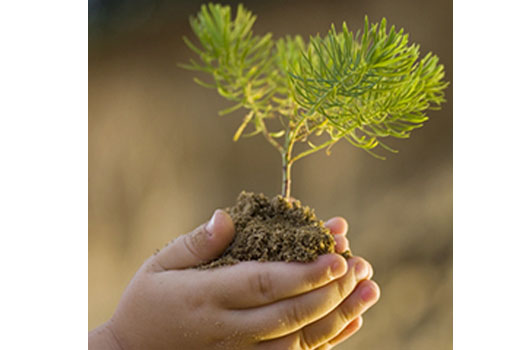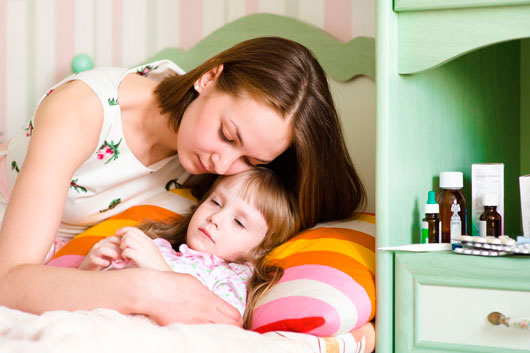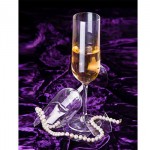
UPDATED November 14th, 2017
As the weather warms, I’m anxious to plant some annuals outside my front door and nurture my little garden out back. With small children, I tend to cling to the little pleasures like bright, pretty colors guiding my steps to the door, and my girls love to examine the blooms and the nature around us. But with toddlers who tend to open their mouths and insert small objects, you need to be aware that some commonly used annual, perennial, and strictly seasonal plants are poisonous and should either be avoided or used with extreme caution in your home.
WHY ARE PLANTS POISONOUS?
Many plants have evolved in ways to protect themselves from being ingested by insects or animals. Whether it be thorns, foul-smelling petals, or toxic chemical compounds, plants have developed ways to deter predators and these strategies can be harmful to humans as well as the pests they were intended for.
Read Related: 7 Medicines You Should Never Give Your Children
POISON IN YOUR GARDEN?
Growing beans? Believe it or not, beans (especially red kidney beans) contain a lectin compound that, when improperly cooked (or raw, fresh out of the garden) can cause severe intestinal upset. A mere five beans can be enough to have an adult unexpectedly running to the bathroom for days, so be watchful of the children around the bean pods!
Rhubarb is popular since it’s relatively easy to grow and is versatile in the kitchen. That said, the leaf stalks are the only edible part of the plant. Ingesting the leaves themselves has been known to cause kidney disorders, convulsions, and coma. Fortunately, the taste is extremely sour so it’s not likely that a sweet-seeking child (aren’t they all?) would consume even a nibble.
Not often grown at home, asparagus berries are poisonous. Perhaps picking some up at the market would be a better idea than attempting to grow these stalks at home.
PRETTY BUT POISONOUS
While bright colors attract pollinators, toxic compounds keep other pests away. The Columbine flower can be safety consumed in very small quantities but has the potential to cause digestive upset. Lily of the Valley is a stunning plant and is often used in flower arrangements but is entirely toxic. Daphne berries are poisonous and often fatal, as are the berries present on most ivy plants.
Azaleas, while rarely fatal, can cause nausea, vomiting, breathing difficulties, and coma when ingested. The popular Christmas decoration, poinsettias, also cause discomfort when consumed.
Having bulbs along the side of your home can provide early and consistently beautiful colors in the spring, and most of the blooms are entirely safe to handle and even ingest in small quantities. The bulbs themselves, however, can be fatal if ingested, so exercise.
COMMON PLANTS WITH TOXINS
Elephant ear (also called Angel Wings and Heart of Jesus) is popular thanks to the large, colorful leaves and strength to survive varying climates. The entire plant is toxic, however, and irritation and swelling (including swelling of the mouth and tongue that could fatally block breathing) are possible if consumed.
Oleander flowers are known to be toxic, but the trimmings must be treated with care, too. If burned, the smoke can cause severe lung irritation which can be fatal. Obviously, anything with the word poison in it isn’t a good idea: poison hemlock, poison oak, poison ivy, poison sumac, and others. They might keep some flying pests away but are probably not worth the risk to your health!
While most of your garden-variety house plants and flowers for your lawn won’t cause significant harm if a curious child sneaks a nibble while you’re not looking, it’s best to take caution and watch closely when your baby or toddler is exploring the leaves, petals, stems, and roots of the plants around him or her.











